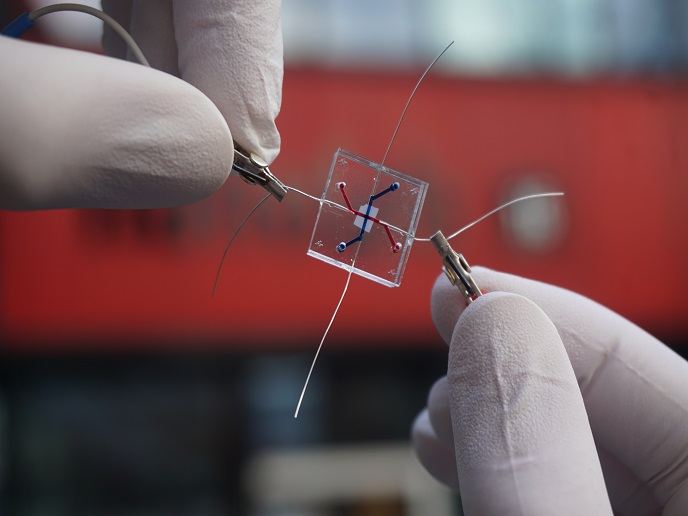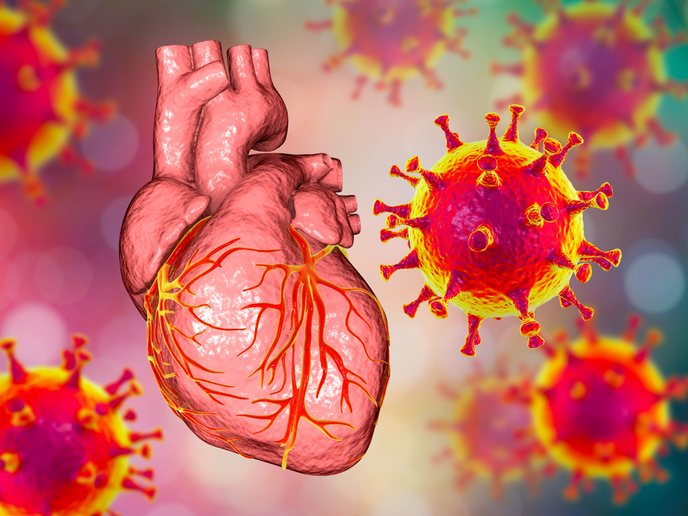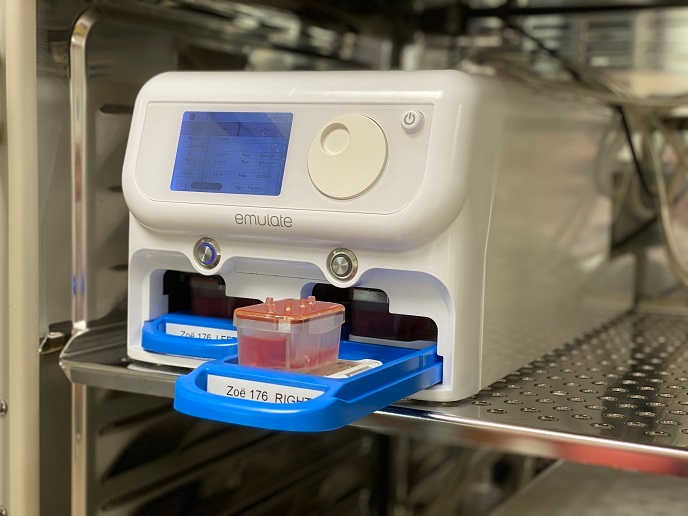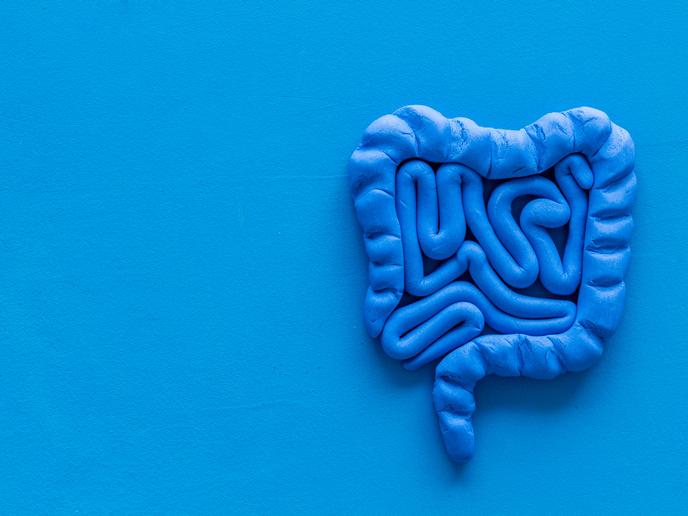A European front on Organ-on-Chip technology
Organ-on-Chip (OoC) technology uses microchips the size of a computer memory stick that contain hollow microfluidic channels often lined with artificial human vasculature. The addition of organ-specific human cells and the application of mechanical forces and flow recapitulates the architecture and functions of a specific organ. Offering a promising alternative to animal testing, OoC microchips could contribute to making drug and cosmetic development less dependent on animal research. The high predictive value of OoC technology has the potential to surpass standard cell culture and experimental animals in anticipating human responses to specific drugs and make precision medicine a reality. Importantly, it raises fewer ethical concerns than animal experiments and can contribute to a 3R strategy (reduce, refine, replace) for animal experimentation in drug development.
OoC technology status in Europe
The aim of the EU-funded ORCHID project was to build a roadmap for OoC technology and establish a European network in this promising field. “ORCHID clearly identified strengths of the field in Europe, but also the needs, challenges and barriers of the technology towards a European roadmap,” states project coordinator and Professor of Developmental Biology at Leiden University Medical Center, Christine Mummery. Assessment of the status of OoC technology in Europe identified an excellent communication network between developers, companies that market OoC products, end users and regulators. In particular, the Netherlands with its strong stem cell community has integrated stem cell derivatives into OoC modalities faster than other countries. ORCHID also identified hurdles to the full implementation of OoC technology such as uncertainty among end users on which format is best for their applications, lack of evidence on which OoC models could replace regulatory requirements as well as variability in robustness and reproducibility. To address the latter, ORCHID suggested introducing independent testing centres to assess the technical performance and biological compatibility of new chip designs.
An OoC society project already offers a hub for stakeholders
ORCHID established the European Organ-on-Chip Society www.euroocs.eu (EUROoCS) to anchor the OoC network, provide a platform for dialogue and encourage research towards new healthcare solutions. EUROoCS organises an annual meeting for dissemination of results and stimulation of collaboration. EUROoCS has become the hub for presenting technical developments such as the integration of sensors into the chips to detect changes in biological responses of cells. Importantly, it showcases biomedical, nutritional and toxic effects not previously detected in animal models or cells cultured in more standard 2D formats.
Project significance and prospects
“The ORCHID roadmap clearly set the stage for the future activities of the OoC community towards implementation of OoC models in practice,” outlines Mummery. Recommendations formulated during the project are expected to encourage investment from industry and academia in research and development. EUROoCS will play an instrumental role in qualification and standardisation of OoC technology, contributing to the training of next-generation researchers and communicating the opportunities of the technology in health and welfare. Plans include the establishment of independent OoC testing centres embedded in the European OoC infrastructure to further bridge the gap between developers and end users. “Paramount to technology implementation in healthcare will be continuous financial support through industry and academia, alongside the exchange of expertise,” concludes Mummery.
Keywords
ORCHID, Organ-on-Chip (OoC) technology, roadmap, European Organ-on-Chip Society (EUROoCS)







